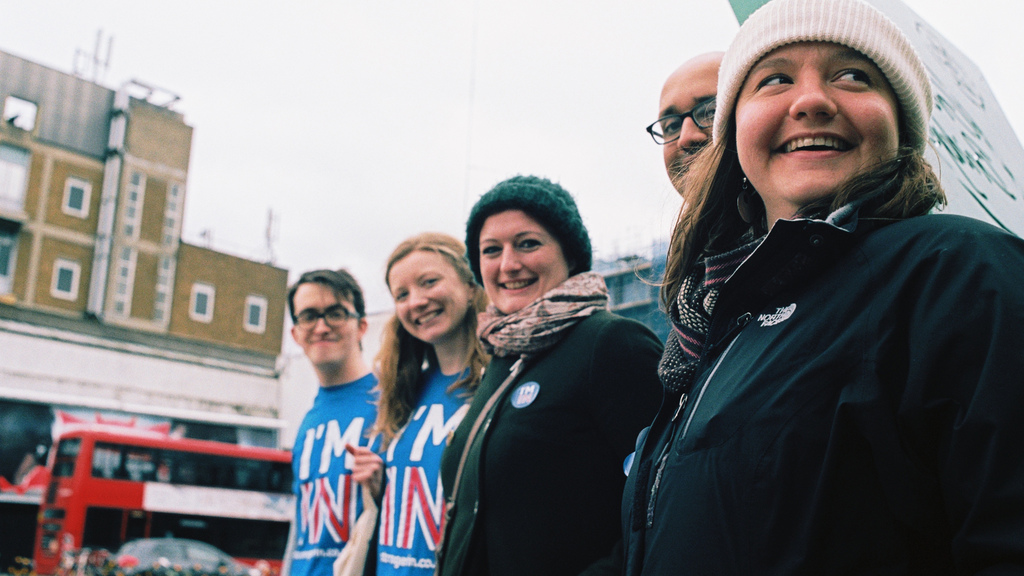
08 May Breaking down the ingredients of Brexit
Brexit changed the future of the United Kingdom in 2016 when the UK officially decided to leave the European Union, but who voted what? Political parties and local history play an important part of the statistics behind 31 years in the EU.
Opinions can change like the wind; with 31 years of history in the European Union – most voters have lived through the changes the EU brought to the UK – with benefits to certain areas and limitations imposed on others, over time the British public have had time to reflect. In 1975 the majority of the UK (67%) voted to join the European Community (now referred to as the EU) with hopes of prosperity and an overall better life but when comparing these voting areas to the outcome of the European Referendum it is clear to see what areas were left most unfulfilled – areas like Boston, East Lincoln and Stoke-on-Trent voting highest for Brexit.
The lack of development and rise in poverty in areas like Boston are indicators of either neglect from the UK government of a rise in unemployment due to industry falls. Boston previously has a thriving fishing industry, much like areas in East Yorkshire like Grimsby – the EU imposed limitations of the amount of fishing in these areas and opened up the areas to EU member states to come fish in the areas. This is sometimes referred to as the “Common Fishery Policy“.
Another interesting aspect of the EU Referendum vote is the breakdown of which political party supporters voted remain and which leave. Using a YouGov survey poll, statistics can be withdrawn to create charts to show clearly who voted with their political party vote in 2015 attached. Despite the fact that David Cameron (Prime Minister in 2016 and Leader of the Conservative Party) was an active-voice for the remain campaign, 34% of the voters who voted ‘leave’ were conservatives, as opposed to the 24% who voted ‘remain’, which could imply that the Conservative Party voters did it because of a strong desire to reinstate Parliamentary Sovereignty – a common comment on the Brexit campaign.
An interesting statistic to note is that on both the ‘remain’ votes and ‘leave’ votes – 19% of each were by people who stated they did not vote in the 2015 General Election, which could be down to re-engagement in a more political world or an increase in opinion in a topic that would affect the future of the UK on such scale. The UKIP Party had a strong focus on Brexit during their campaign for elections in 2015, yet there was still a minority (1%) of the UKIP voters in 2015 that voted ‘remain’ in 2016, a slightly confusing anomaly compared to what is generally the ‘political party view’- this could be due to the sample size YouGov used or a change in opinion based upon political/personal developments – either way it is a strange statistic to take notice of, especially when compared to the 19% of the ‘leave’ voters that were from UKIP.


